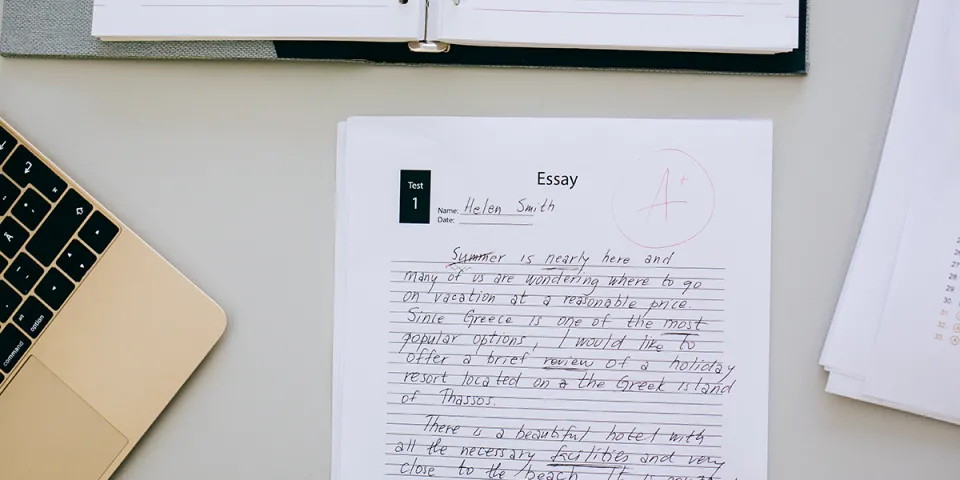Latest 
 Career Development Denise Alexander
Career Development Denise Alexander
Recent Blog Posts


Even though introductions are a vital part of an essay, many students do not spend enough time on them. Instead of a boring paragraph that just summarizes what’s coming up in the essay, you should aim to grab the reader’s attention and make it clear why you’re writing about a particular topic.
To craft a strong introduction, you need to accomplish three things:
When you have a strong introduction, you have a clear roadmap and purpose for writing your essay. You’ll likely have a more focused essay as a result, and a grade that reflects your efforts.
One way to think about your introduction is to picture a funnel. Like a funnel, your introduction should gradually narrow in focus as you hone in on one central idea or argument.
Some students find it helpful to draw out the funnel to visualize the process. Start with an upside down triangle, and divide it into three sections. Within each of these spaces, you can add details for the three key introductory components.

Your first task is to introduce your topic and grab your reader’s attention. Avoid using lackluster phrases like, “In this paper, I will explain” for your opening statement. Instead, introduce an issue within your topic that hooks the reader and makes them want to learn more.
Take the introduction in this post for example. We didn’t just tell you that having a strong introduction is important; we explained that many students don’t know how to write a strong introduction, or they might have misconceptions about what an introduction should look like.
You also need to explain why your topic is important. Maybe it’s something that most people don’t know about, but should. Or, maybe there are different points of view on your topic, and you’re going to settle the case. You’re not revealing your argument or your thesis just yet; you’re explaining why this topic is worth discussing. If you’re having trouble with this step, ask yourself:
Then, try to summarize these points in a sentence or two. Think of this step as “narrowing the funnel” toward your main focus for the essay.
Your thesis is the last sentence in your introduction and it tells the reader what you intend to explore in the rest of the essay. One way to craft a thesis is to establish a point of view on your topic. Ask yourself:
These questions will help you focus your thesis on specific take-home messages you want to leave with your readers.
It might help you to outline your paper before crafting your thesis and your introduction. This way, you have a clear idea of the supporting points you want to discuss, and you can work backwards to determine your thesis.
Whether you’re writing a research paper or responding to an essay question on an exam, these tips will help you can craft an effective and engaging introduction that sets the tone for the rest of your essay. With a focused introduction, you’ll have a clear direction for your response and your writing will be much stronger as a result.
BLS pay estimates calculate the median annual wage for various occupations. Per the BLS the median wage for an occupation is: "The wage at which half of the workers in the occupation earned more than that amount, and half earned less. Median wage data are from the BLS Occupational Employment and Wage Statistics survey." Bureau of Labor Statistics (BLS), U.S. Department of Labor, Occupational Outlook Handbook 2024. BLS median wage estimates do not represent entry-level wages and/or salaries. Multiple factors, including prior experience, age, geographic market in which you want to work, and degree level and field, will affect career outcomes, including starting salary and earnings as an experienced employee. Herzing neither represents that its graduates will earn the median salaries calculated by BLS for a particular job nor guarantees that graduation from its program will result in a job, promotion, particular wage or salary, or other career growth.
Get the latest news you need to know, from study hacks to interview tips to career advancement. Have it delivered right to your inbox biweekly.